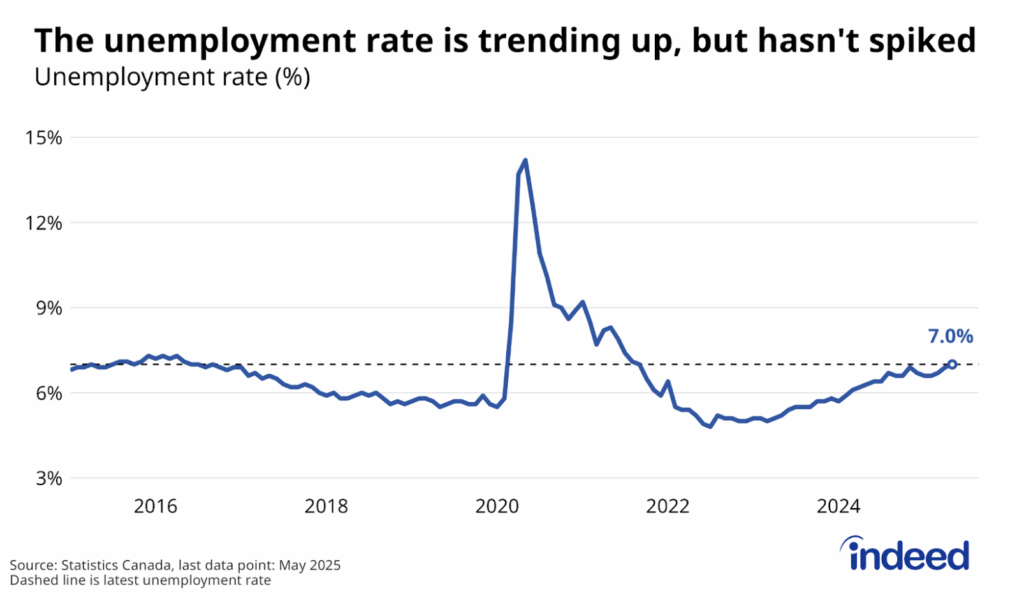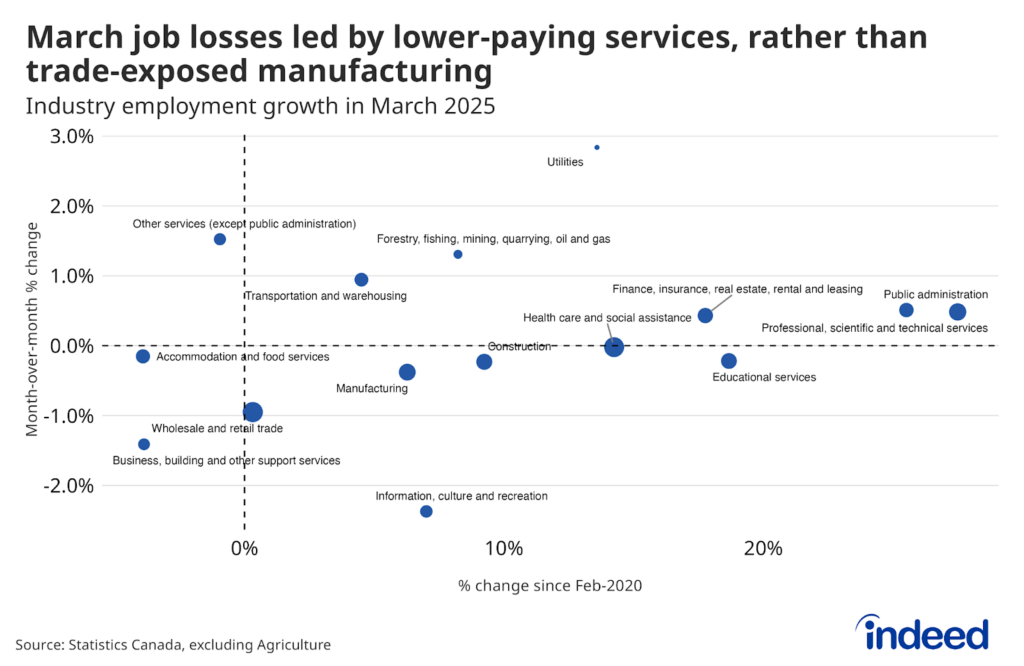The Canadian labour market made further progress in October, as declines in both accomodation and food service, and recreation and culture, weren’t severe enough to offset gains elsewhere. A similar dynamic might have continued through the November 15-21 Labour Force Survey reference week, but with the balance potentially tilted further to the downside.
Accommodation and food service employment fell 4.6% in October, but the drop wasn’t spread evenly. Rather, over 85% of the decline was in Quebec, which was the first province to implement wide restrictions on dining in response to the fall upswing in the pandemic. Since then, there’s been a surge in COVID-19 cases in other provinces, more time for existing restrictions in provinces such as Ontario to bite, and colder temperatures reducing demand for patio dining. As a result, job losses in food services could be wider spread this time around.
As was the case in October, whether the upswing in the pandemic actually stalls the broader labour market recovery will depend on whether other less exposed industries also lose momentum. Job postings on Indeed Canada showed further progress in getting back to normal, closing the gap from 15% to 8% below last year’s trend over the month to mid-November, suggesting hiring appetite hasn’t fallen back despite the deteriorating public health situation.
Lastly, despite just a two-week turnaround time since the end of the reference week, the upcoming job numbers will have to play catchup to the even faster-changing pandemic and resulting economic restrictions. For instance, they won’t capture the latest round of restrictions in most of the Toronto area that came into force November 23, which could affect a wide swath of the retail sector. Such is the nature of tracking the labour market during a pandemic.






